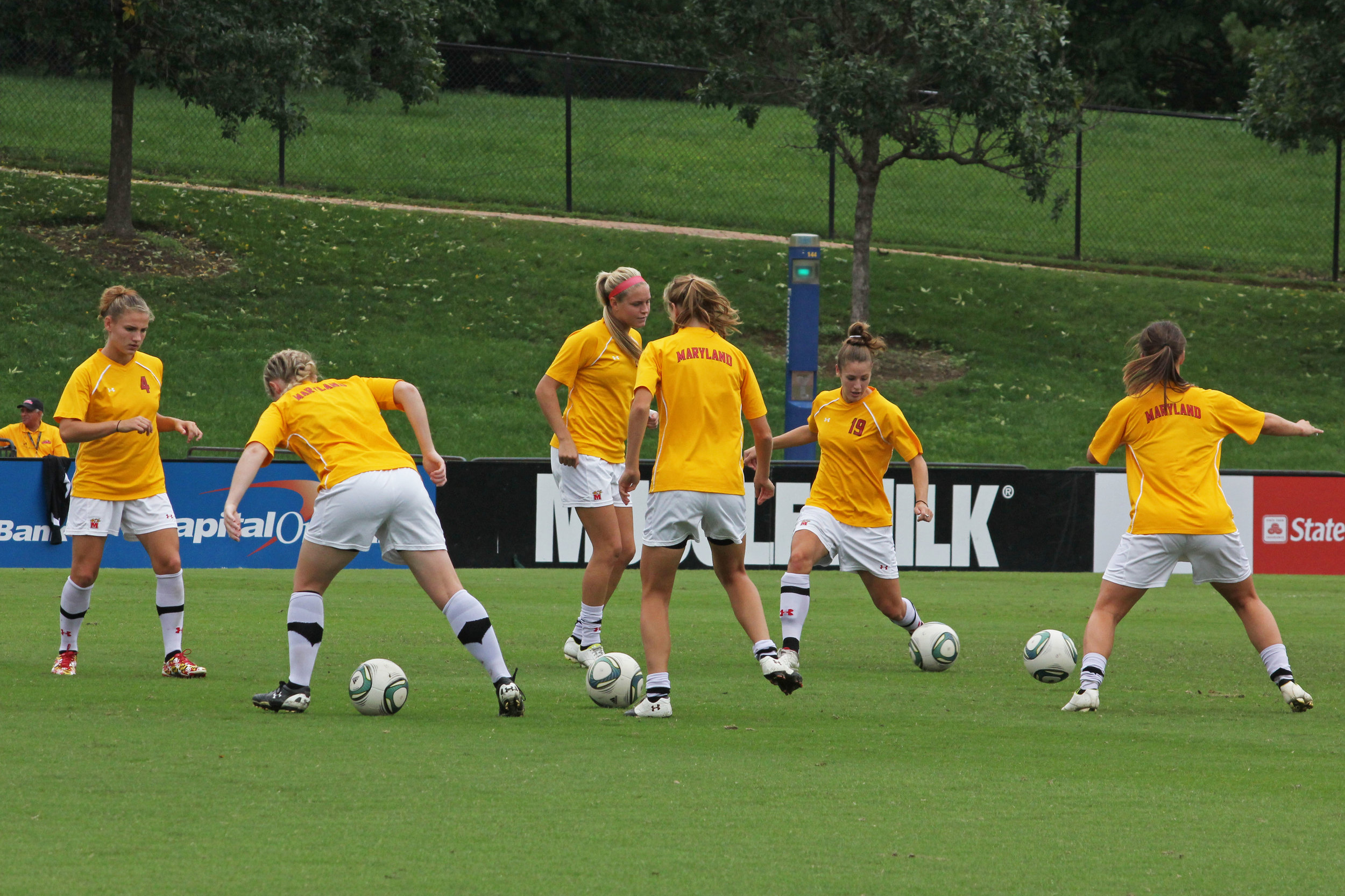

Optimal Pectoral Size Training
There are different strategies for training pectorals depending on if your goal is size, strength, or a combination of both. In general, the muscles in the upper body recover more quickly, meaning that you can/should train those lifts more frequently. The pectorals benefit from exercises that push wider ranges of motion - which is why the barbell bench press isn’t the ideal exercise for increasing pec size. Paused reps, “squeezing,” and slow, deliberate movement are key. Inclines and variations are also important to target all of the pectoral muscle fibers. Be sure to include horizontal presses, vertical presses from below, and the incline fly.

Training For The Hypermobile
Hypermobility is a condition where joints are unusually loose or unstable and often presents itself in people as excessively flexible bodies with poor proprioception (the sense of knowing what space your body is taking up and what it’s doing). The risk of injury that comes with hypermobility means that clients should focus on stability rather than flexibility, avoid extreme ranges of motion, be careful with controlling movement and form, and be aware that their strength will grow slowly. Personal trainers should familiarize themselves with common conditions like hypermobility in order to best support the wide range of individualization their clientele will need.

Warming Up Properly For Heavy Lifting
Warmups are a crucial part of your workout that everyone can agree is important in order to maximize performance and minimize injury risk. At the same time, I often see people wasting their time on inefficient warmups that waste a lot of time.

Extreme Stretching For Size and Flexibility
Stretching has recently fallen out of favor as research has shown that it doesn't do what many people claim it does. But at the same time, more extreme stretching methods like weighted stretching may provide the missing link.

"No Load" Exercise For Those With Impaired Function
It's widely believed that certain people "can't" lift weights. However, recent research shows that even "no load" exercise can produce muscular growth, making it an important tool for training around injury or disability. This article covers the theory and some of the practical methods of this approach.
